The surreal, visually striking “Hausu” (“House”), was Japan’s response to the American blockbuster “Jaws” — a crowd-pleaser with a uniquely Japanese flair.
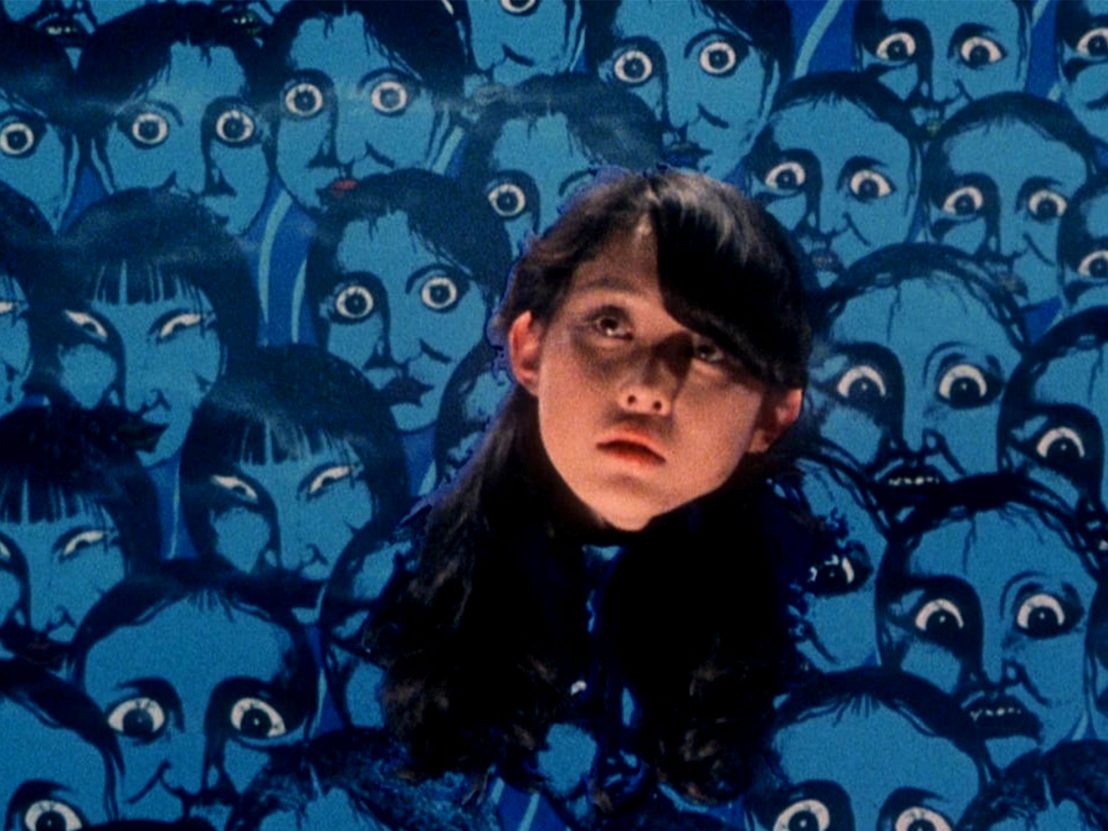
In the summer of 1975, America saw its first summer blockbuster in Jaws. The amount of money this movie brought in, at the time, was unprecedented. Even today, Jaws is still a huge cultural phenomenon, and you would be hard pressed to find someone who hasn’t seen it. In fact, right now, the internet is full of jokes comparing the handling of the pandemic by American politicians to how the mayor in Jaws handled the reopening of the Amityville Island beaches.
Around the same time Jaws was making its huge splash in the States, on the other side of the world, Japan was trying to find their answer to the blockbuster. Toho Studio, the production powerhouse of Japan — which you may be familiar with if you’re interested in anime — was on a frantic search to make something just as big.
In an attempt to make this happen, they turned to Nobuhiko Obayashi to craft the script (and eventually direct the film). Obayashi was a household name in Japan, best known for his surreal commercials. He’d worked with American actors already, and Japanese studio executives thought he might have some kind of pull. They also thought he could make something that felt distinctly Japanese — embracing the country’s trademark surrealism — creating a film that could rival Jaws without copying it.
Obayashi penned the movie after drawing inspiration from his daughter, Chigumi Obayashi.
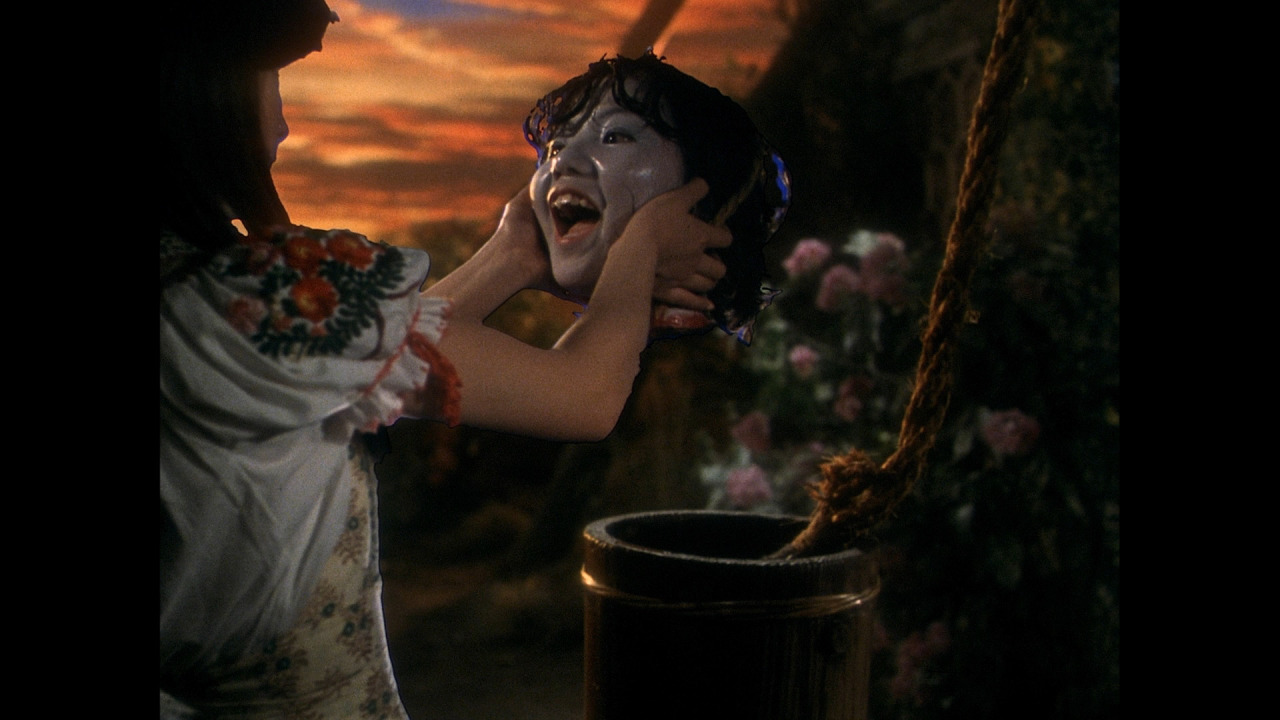
He thought his pre-teen daughter would have a better idea of actual fear, as adults seemed to only be afraid of things they understood. But children’s minds were open and able to be terrified by anything they could imagine.
Thus, the most famous aspects of Hausu were born: the wonderfully strange and compelling visuals. Even if you haven’t seen the film, you may be familiar with some of its most iconic imagery, including the witch cat, the finger-eating piano, or the dancing skeleton.
You can view this almost as an artistic companion to Suspiria over Jaws, in the sense that it plays like an evil fairytale. The film is full of bright colors and unique editing.
However, if you’re looking for structured storyline and a well-defined plot, you won’t really find it here.
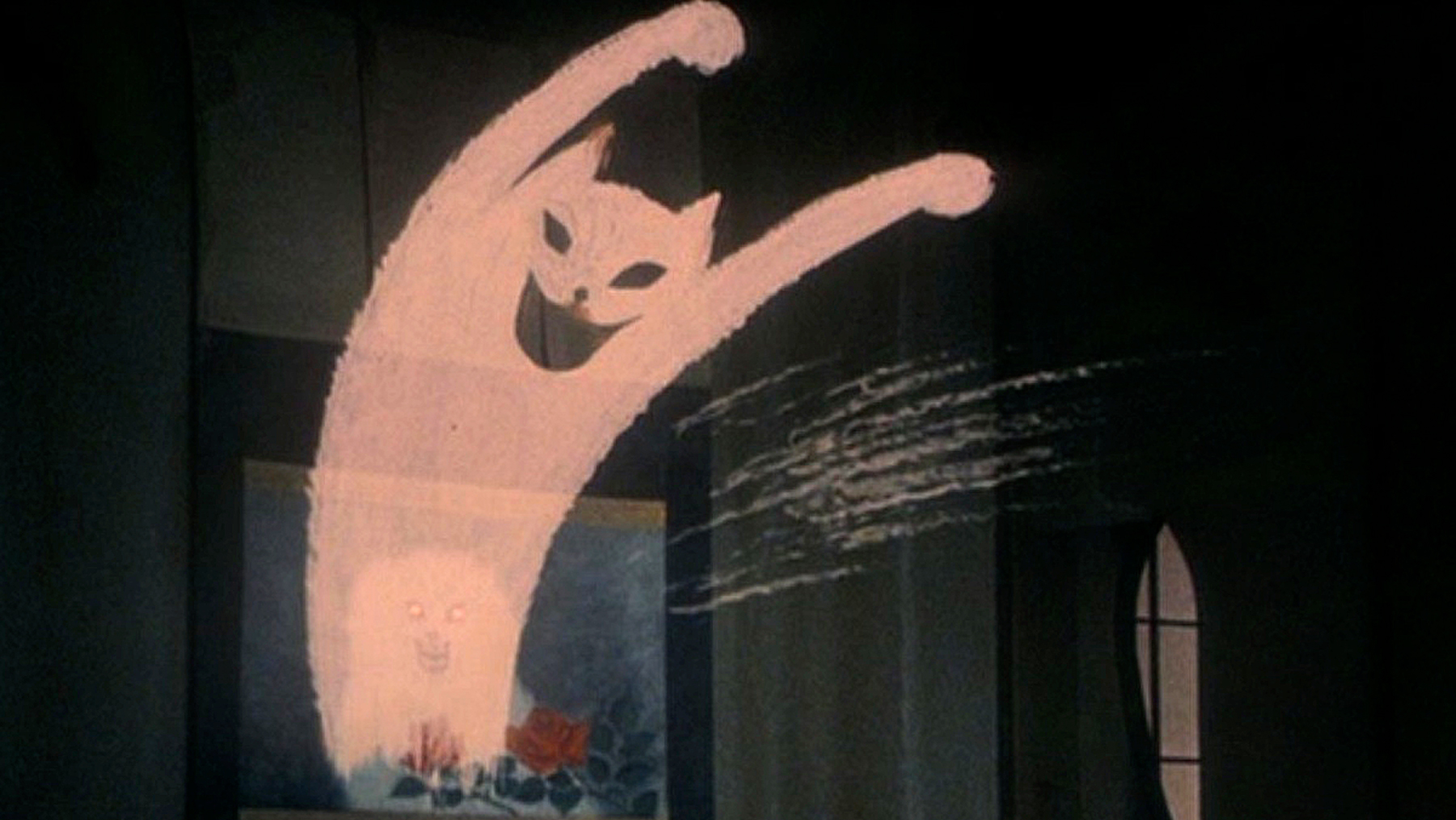
At the most basic level, it is about a group of girls who go to visit the aunt of our protagonist, a girl named Gorgeous. They soon find out that the aunt’s house is haunted and partially controlled by the witch cat.
“Any old cat can open a door. Only a witch cat can close a door.”
The girls are picked off one by one as they are sucked into the haunted house.
But what haunts the house adds depth to the story. The aunt who owns the haunted house is actually a ghost who died waiting for her fiance to return home from WWII. Seeing the world move on around her, knowing that people’s lives can return back to normal when hers will always be stuck in a single time and place, turns her into a vengeful spirit. She takes her rage out on the girls, who live a life she believes was stolen from her.
Obayashi knew all too well what it was like to have to suffer through loss from the war. His father was pulled away to serve, leaving him in the care of the women on his mother’s side of the family. The bombs that struck Hiroshima and Nagaski took the lives of all of his friends. He would use this experience to craft many anti-war films.
You can also look at Hausu as an examination of female relationships in Japan.
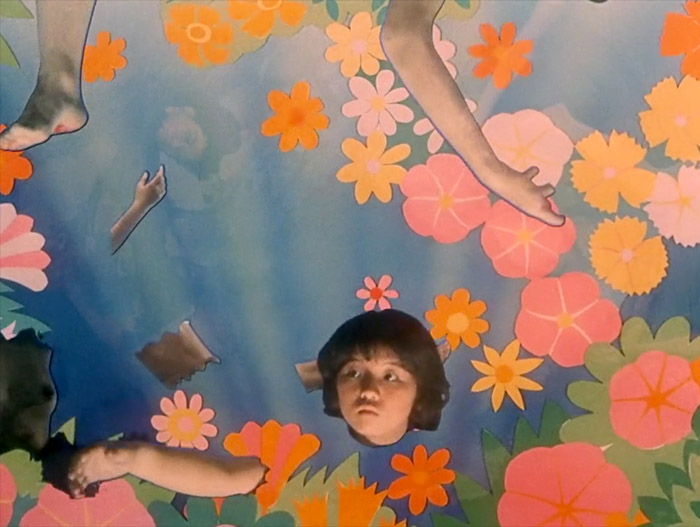
The aunt is from a different time, a different culture before a traumatic event. While most of us might think of Japan as being very strict and rooted in rigid tradition, this would be more true for someone before the bombings. The aunt is trapped and forced to watch others live out the dreams that she wasn’t able to — able to live full, happy lives that were stolen from her. And instead of embracing the change and being happy for younger generations, she’s bitter that she can’t have the same fate.
The girls also represent so many different factions of femininity.
While Gorgeous might seem derivative because she is named for her beauty, she drives the story. When her father replaces her mother with a new girlfriend, she’s resistant to the change. In fact, she leads the girls to her aunt’s house in an effort to escape the confrontation with her father. We also have girls like Kung Fu, who is physically strong and capable but still allowed to be feminine, and Prof, who is a good problem solver.
Unfortunately, experimental film isn’t always met with praise upon release, and Hausu is no exception. Though it was critically panned in Japan, it ended up being quite profitable for Toho. When it made it across the ocean, American audiences loved it just as much as Japanese audiences. And it was highly praised by American critics, elevating the movie to cult status and landing it in The Criterion Collection.
Sadly, Obayashi passed April of this year. But his mark on experimental and anti-war films is felt not just in Japan, but all around the world.


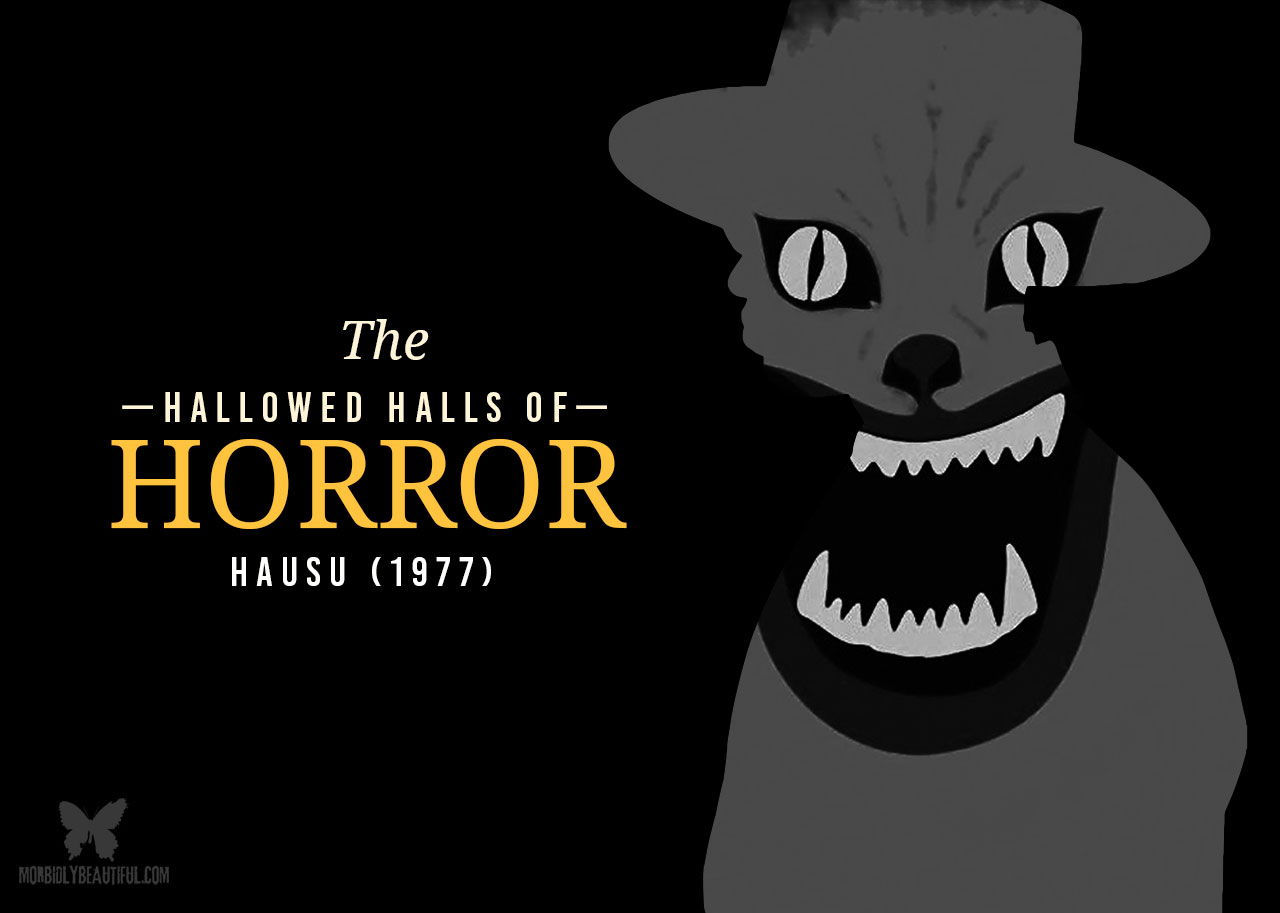











Follow Us!